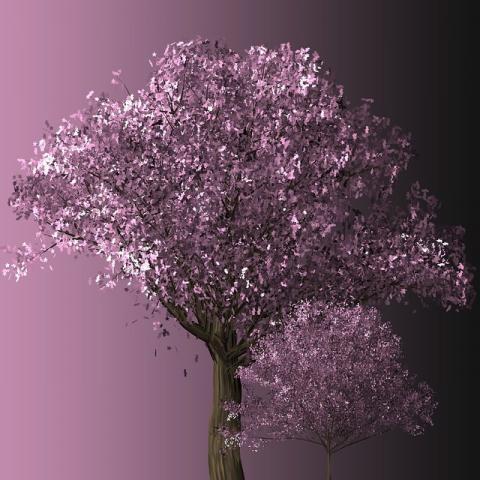
A few years back, I went through the hardest two years of my life. I was suffering from chronic stress and chronic insomnia, which in turn caused a number of other detrimental side effects including anxiety, depression, and adrenal fatigue—to name only a few.
I got to the point where I felt I had tried everything, and yet nothing was working.
My body and its physiology got so out of balance that even if given nothing but time to sleep, my body could no longer relax. I was in a chronic state of stress, no matter how “unstressful” my external circumstances may have been at the time. The lack of sleep had my system in constant “fight or flight” mode. It was scary.
My salvation came in the form of a recommendation to see a Japanese acupuncturist. I was skeptical that this would be the magic fix since nothing had helped in a significant way so far, and I had already tried Chinese acupuncture without significant results—but I was reassured that this was going to be different, because this Japanese acupuncturist used something called “moxa.”
What I quickly learned once I began treatment is there are (at least) three things that make Japanese Acupuncture special in terms of the treatment itself:
1. The use of moxa/moxibustion.
2. Needles that are much smaller and thus gentler than those used in Chinese acupuncture.
3. The use of moxa and the traditional style of Japanese Acupuncture means that for the duration of the hour-long session, the practitioner works on both sides of the body, and actively treats the entire body throughout the treatment session.
For those of you who don’t know what “moxa” or “moxibustion” is—moxa is a plant whose dried leaves are burned in strategic locations on the body, whether at the tops of inserted needles or smoldered directly on the skin. Moxa has been shown to have a powerful impact on the immune system, blood sugar regulation, and blood cell levels – both red and white. The pleasant, therapeutic heat is a powerful tonic and improves circulation. What was especially important for me in addition to all of that is the way that it helped to calm my nervous system.
The smaller needles of Japanese-style acupuncture were also a nice shift from what I was used to from Chinese Acupuncture. I had received the benefits of Traditional Chinese Acupuncture (TCM) over the years, and, while I had loved it and gained benefit from it, I will confess to struggling at times to relax as the rather large needles were being inserted. It was a relief to have these small, gentle needles to take care of my sensitive nervous system.
In conjunction with Japanese-style acupuncture, moxa turned out to be a major part of what turned my insomnia around. After just two weeks of treatment (and being treated three times per week), I was able to fall asleep earlier, stay asleep longer, and began waking up later in the morning. During daytime hours, while I was still exhausted from long-term sleep deprivation, I felt calmer and more peaceful overall, and was able to actually rest my mind and body. I could participate in, and even sometimes enjoy, activities and the world around me for the first time in a long time. I always left my appointments feeling more grounded, more in my body, and deeply relaxed.
I feel it is important to mention frequency of appointments during the initial stages when looking for real results with acupuncture, especially when it comes to a chronic or long-term patterns like what I was dealing with. For the first two months of treatment, I was treated 3 times a week—the first session each week lasted an hour and a half, and the 2nd and 3rd appointments were short 30-minute sessions to maintain the impact of the treatment throughout the week. I cannot emphasize enough the importance of the initial frequency of these appointments when dealing with a severe and chronic issue. It is a financial investment for sure, but the long-term pay-off for your health and happiness is more than worth it.
By the end of those two months working with this Japanese acupuncturist (his name is Chris La Rosa by the way, and I highly recommend him!) I was able to sleep through the night again on a nightly basis and was sleeping deeply. Once I achieved this regular sleep balance, I switched to weekly appointments for the rest of that year for maintenance, and eventually shifted appointments to every few weeks. Now I sleep incredibly well on my own, with an occasional tune-up from Chris. I now get more sleep than most people, and have become the object of envy by many for the extensive hours that I sleep on a regular basis.
Japanese acupuncture and moxa saved my life.








